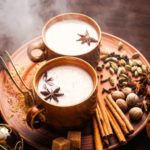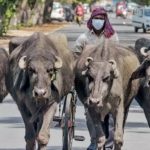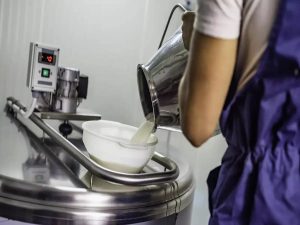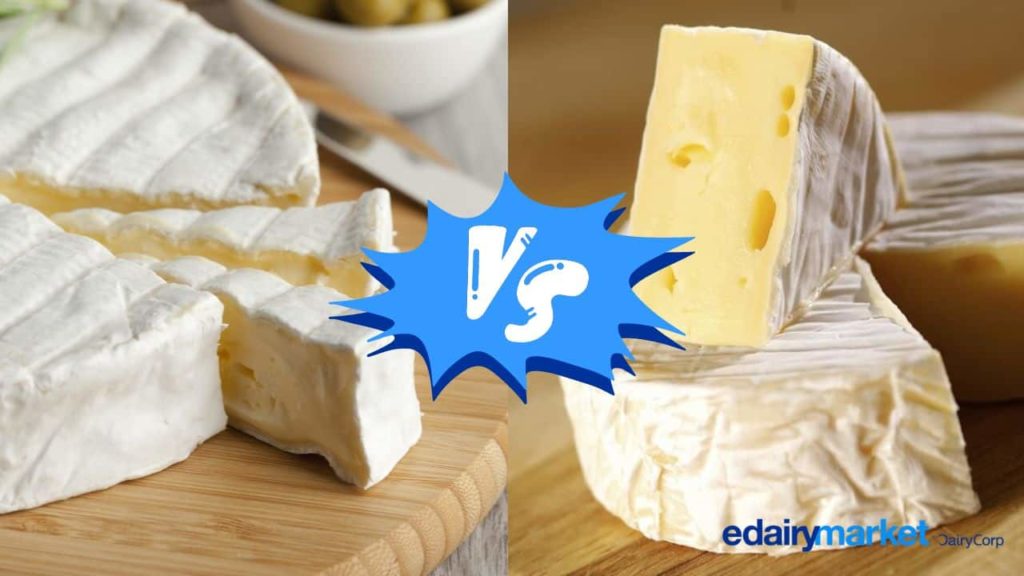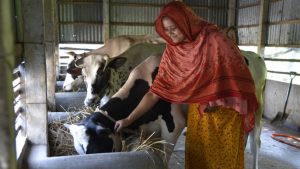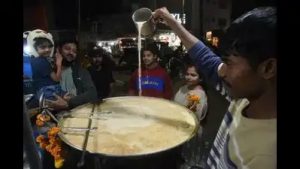
He added that the production of the new products will start from the fourth quarter of the current financial year.
Addressing the company”s annual general meeting virtually, Mehra said: “Tasty Dairy is prepared to diversify its focus on direct service to consumers now.”
Tasty Dairy has successfully migrated to the main board of the BSE and is also making a shift from business-to-business (B2B) to B2C. This transition will take place in the next 2-3 years, he said in a statement.
Keeping the consumers” demand in mind, Mehra said the company will set up manufacturing capacity for a new range of value-added dairy products and will begin the production in the fourth quarter of the financial year 2020-21.

